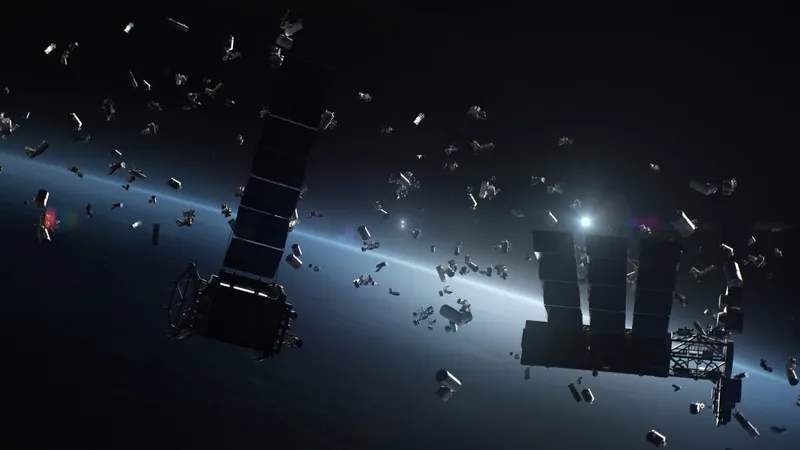
Revolutionizing Space Safety: The Breakthrough Sensor Combatting Orbital Debris
2025-09-22
Author: Liam
Picture this: a vast cloud of tiny fragments races around Earth, remnants of satellite explosions, rocket malfunctions, and missile tests. These minuscule pieces, some as small as grains of sand, hurtle through space at staggering speeds exceeding 17,000 miles per hour. Even tiny bits of debris can puncture a spacecraft, crippling essential systems and jeopardizing missions.
Introducing a Cutting-Edge Safety System
To tackle this looming threat, engineers at the Southwest Research Institute (SwRI) have unveiled an innovative sensor designed to detect and assess these hyper-fast impacts before they wreak havoc. Spearheaded by Dr. Sidney Chocron, this project merges advanced materials with strain-sensing technology and high-speed testing methods, providing spacecraft operators with critical data about otherwise invisible dangers.
The Listening Shield: A Technological Marvel
This isn't just some ordinary protective layer; it acts like an 'ear.' The system consists of two plates with a small gap, embedded with sixteen ultra-sensitive strain gauges that monitor vibrations from impacts. When a micrometeoroid or piece of space junk collides with the surface, shockwaves propagate through the plates, which are then translated into data sent back to Earth.
This groundbreaking technology not only alerts spacecraft to an impact but details when, how fast, and what type of object struck them—information that could be pivotal for future mission planning. "Most spacecraft survive minor impacts without any systems failing or operators being aware," Chocron explains. "By relaying essential information before damage occurs, we can influence future design decisions."
Simulating Space: High-Speed Testing Innovations
Testing such a system in orbit is costly and risky, leading SwRI to utilize a cutting-edge light gas gun capable of launching tiny projectiles at extraordinary velocities within a vacuum chamber. This setup simulates the conditions of space, where air resistance is non-existent and debris flies faster than any bullet.
In a series of eight full-scale tests, panels equipped with the detection system were bombarded by high-speed projectiles, each replicated through a 3D simulation that models impact dynamics with remarkable precision. The results demonstrated the system's ability to routinely detect impact events, cataloging their location, speed, and even material composition—far exceeding basic impact detection.
Collaborative Safety for Satellites
The implications of this sensor extend beyond just monitoring a single spacecraft's health. The data collected can be shared with other satellite operators in similar orbits, creating a collaborative safety network. This means that if one satellite encounters debris, it opens the door for warnings to safeguard others.
While the device won't stop impacts from occurring, it offers a vital early warning system. By supplying engineers with precise impact data, it aids in developing more resilient spacecraft and preparing better for the evolving challenge of orbital debris.
Mapping the Future of Space Debris
Envisioning a future of multiple sensors deployed among spacecraft could lead to the creation of a dynamic map of Earth's debris field. This map would illuminate hazardous regions, track debris shifts over time, and guide safer navigation through densely populated orbits.
"Our ultimate goal is to map and characterize the MMOD (Micro-Meteoroid and Orbital Debris) field around Earth to enhance mission safety," Chocron asserts. With funding for a flight-capable version of this sensor, we stand on the precipice of transforming how spacecraft confront the stealthy and destructive threat of orbital debris.
The Increasing Urgency of Space Debris Monitoring
Currently, over 30,000 pieces of monitored debris larger than a softball orbit Earth, while millions of smaller fragments remain invisible yet equally perilous. Even tiny particles can inflict significant damage, undermining spacecraft functions or compromising solar panels.
The looming threat of the Kessler Syndrome—NASA engineer Donald Kessler's 1978 hypothesis predicting a cascade of collisions leading to unusable orbits—makes innovations like this sensor critical in averting catastrophe. By capturing the faintest signals in space, this technology represents a smarter approach to safeguarding against the increasingly hostile environment surrounding our planet.
The research findings are now available online, shedding light on these vital advancements, as the future of space exploration hinges on our ability to navigate the complexities of space debris.
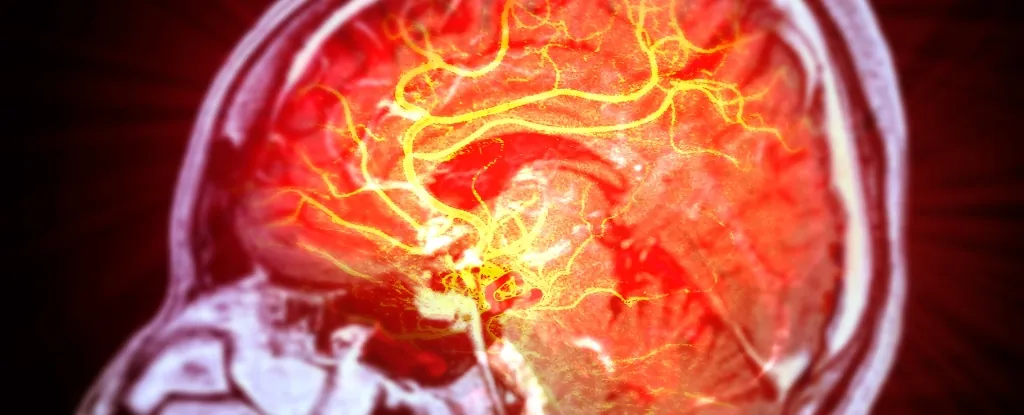

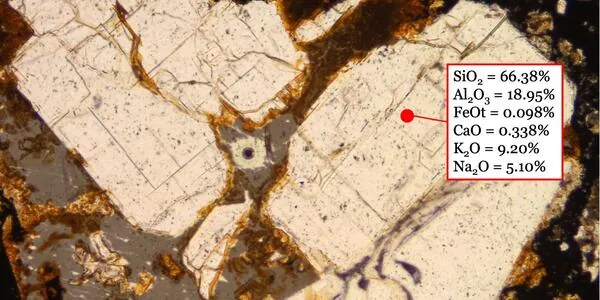


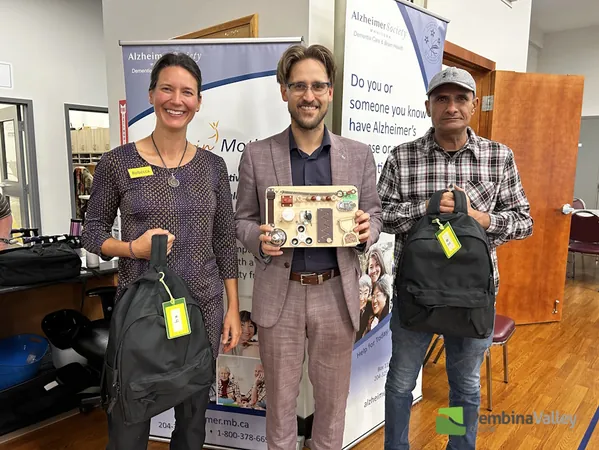

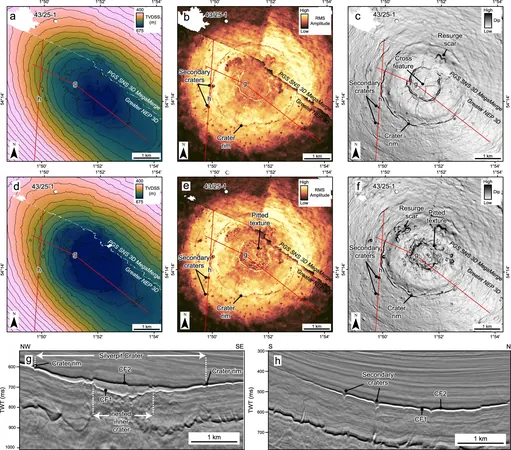
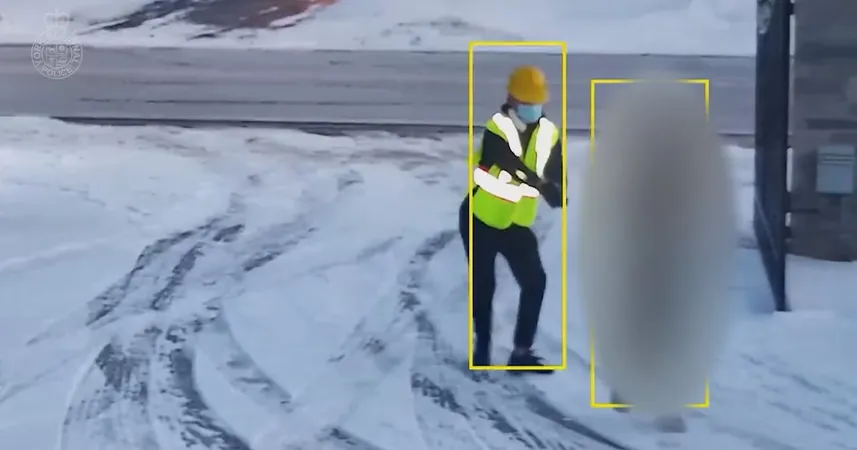
 Brasil (PT)
Brasil (PT)
 Canada (EN)
Canada (EN)
 Chile (ES)
Chile (ES)
 Česko (CS)
Česko (CS)
 대한민국 (KO)
대한민국 (KO)
 España (ES)
España (ES)
 France (FR)
France (FR)
 Hong Kong (EN)
Hong Kong (EN)
 Italia (IT)
Italia (IT)
 日本 (JA)
日本 (JA)
 Magyarország (HU)
Magyarország (HU)
 Norge (NO)
Norge (NO)
 Polska (PL)
Polska (PL)
 Schweiz (DE)
Schweiz (DE)
 Singapore (EN)
Singapore (EN)
 Sverige (SV)
Sverige (SV)
 Suomi (FI)
Suomi (FI)
 Türkiye (TR)
Türkiye (TR)
 الإمارات العربية المتحدة (AR)
الإمارات العربية المتحدة (AR)